by Matt Broggie
Tanks—seven divisions of them concentrated at one point, the weakest position in the Western defenses—that was what did it.” So stated historian William L. Shirer’s as the reason for the swift German victory in the West in May 1940.
When the German blitzkrieg came crashing through European borders that spring, Allied defenses quickly crumbled under the pressure, causing one of the worst defeats in British military history. In the chaos of the retreat, though, Allied leaders pulled off an evacuation of British and other troops from France, Operation Dynamo, that became known as one of the greatest miracles of World War II.
Britain had declared war on Germany after Nazi forces invaded Poland in September 1939, sending the British Expeditionary Force (BEF) to France beginning on September 9, 1939. For nine months, soldiers had nothing more to do than march eastward and enjoy whatever pleasantries French culture had to offer. This period, labeled the “Phony War” by British troops, lulled the BEF into a false sense of security. The beginning of combat operations, though, exposed two glaring weaknesses that would handicap the BEF’s effectiveness: undertrained, ill-equipped soldiers, and an inaccurate estimation of Germany’s military capabilities.
The German Army eventually launched its invasion of France, Belgium, and the Netherlands in May, catching the BEF off guard. Their lack of discipline and inadequate training doomed Britain’s chances of repelling the overwhelming numbers of the German Army. Many British soldiers later admitted they did not know how to fight in combat and made poor decisions when under attack. Journal entries of BEF soldiers often described the time in France before the German breakout as some form of holiday experience rather than war. Most BEF soldiers had little to no combat experience, and therefore had no realistic expectations about warfare. As they marched into battle, they demonstrated naiveté about the dangers that awaited them.
On May 1, British officer Peter Hadley wrote in his diary about the day his battalion arrived in the coastal city of Le Tourquet: “It was not intended to be a seaside holiday, although it developed into something like one for most of the battalion.” Many of the soldiers of the BEF “succumbed to the boredom of the Phony War, with the result that their preparations were lackadaisical.”
In these early weeks, things became so casual for some British soldiers that “shopping expeditions” were common. On May 9, Captain Basil Bartlett “bought a tennis racket for thirty francs.” Nonetheless, Bartlett suspected the pleasant time in France would end and later penned in his diary that “this [was] perhaps a rather optimistic gesture.” In addition to the “tennis clubs,” British soldiers enjoyed nightclubs, cinemas, and bars. In Lille, businesses thrived off of British commerce so much that citizens who had evacuated began “to trickle back” and “ordinary trade [was] at least up to normal.” Unfortunately, Bartlett’s suspicion was accurate, and this holiday atmosphere was fated not to last. Soon, the British would have to flee for their lives.
Hitler’s offensive in western Europe began on May 10, the day after Captain Bartlett purchased his tennis racket. “So, there’s to be a real war after all,” he wrote in his diary. Some soldiers welcomed the outbreak of fighting, since it disrupted the routine of boredom and monotony, generating terrific excitement. At five in the morning on May 10, British soldier Wilf Saunders of the 48th Division’s signal unit woke up to the “terrific noise of [antiaircraft] fire.” He ran outside and saw three bombers flying overhead “being fired upon to no effect.” As he scurried to his duties, he felt a “highly elated sort of feeling” and thought to himself: action at last!
The BEF immediately crossed into Belgium and set up defensive positions around the River Dyle. This was in accordance with the Allied operation known as Plan D (Dyle). All along the journey, German bombers dropped their payloads on the British forces; Junkers Ju-87 Stuka dive-bombers constantly flew overhead and dived low to harass the columns of troops. Saunders later confessed, “We were too excited and ignorant to go for cover till after they passed.”
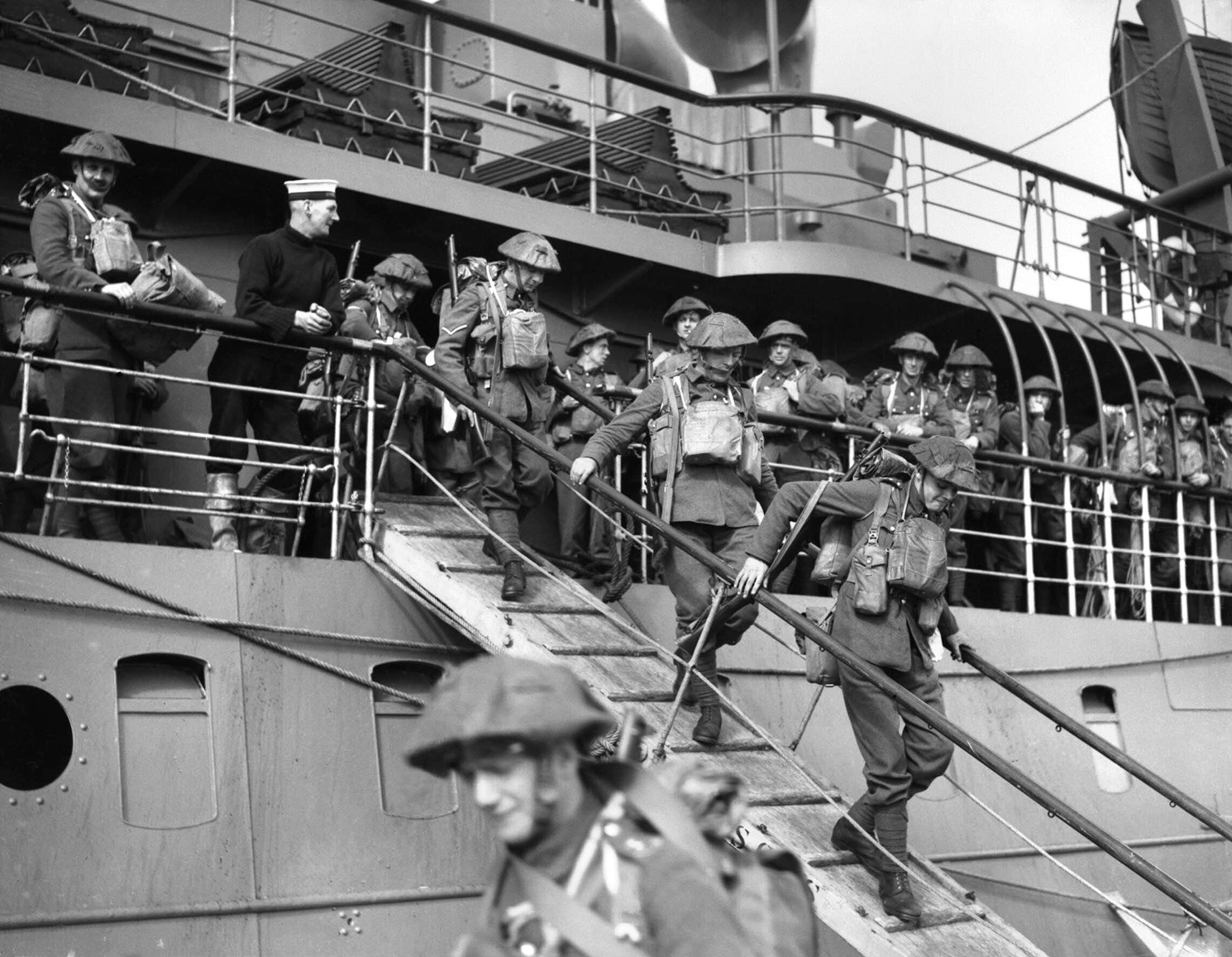
On the evening of May 15, there was a “continuous roar of artillery and…a stream of refugees from the direction of the guns.” The Germans had bombed the Belgian capital of Brussels, and Saunders could see the flames in the distance.
The movement of the BEF and French armies into Belgium was exactly what Hitler had hoped for. “In the fashion of a bull reacting to a matador’s cloak,” the BEF fell into the trap laid out by German Field Marshal Erich von Manstein. In accordance with Manstein’s plan, a portion of Germany’s forces had invaded the Netherlands in the hopes of drawing the main force of the Allies into northern Belgium.
The Allies took the bait, leaving the Germans free to focus their efforts on a weakened breakthrough point defended by two French armies: the 9th Army, commanded by General Andre-Georges Corap, and the 2nd Army, commanded by General Charles Huntzinger.
Neither of these armies comprised the best troops and equipment the French could muster, since they were deployed in an area thought to be safe from direct German attack—along the Meuse River, west of the Ardennes Forest. Allied commanders believed the Ardennes was impenetrable and thus required minimal attention, but the Germans chose the area as the primary focus of their offensive.
Despite a hard-fought defense by the French, the Germans inevitably broke through; Corap’s army was no match for the superior speed, radio communication, and–above all–leadership of the German divisions. This break in the defensive line initiated the withdrawal of all French, Belgian, and British forces. Military historian Theodore Draper described it as “the original sin which poisoned the position of every part of the Allied line.” British Prime Minister Winston Churchill described the invasion as “a German eruption [that] swept like a sharp scythe around the right and rear of the armies of the north.”
According to British historian and retired Maj. Gen. Julian Thompson, German forces greatly outnumbered those of the Allies. The French had 84 division, but 12 were static divisions stationed in the Maginot Line. The 72 French mobile divisions, combined with the four divisions of the BEF, totaled 76 Allied divisions, while the Germans had 116 divisions at the time of the invasion. But the key to the German advance, more than its superior numbers, was the thrust by seven armored divisions through the Ardennes Forest.
Choosing the Ardennes as the main point of attack was cunning strategy and brought rapid success for the German army. The German tanks involved were unprecedented in their number, concentration, mobility, and striking power; the armored divisions stretched 100 miles in three columns on the day they charged through the Ardennes. The massive German Army faced French, Belgian, Dutch, and British forces that were completely unprepared for an invasion force of such magnitude.
Thompson attributes the ease of German success to the fact that “too many of the BEF lacked the demanding, realistic, and exhaustive training that is one of the ingredients in inuring soldiers to the unpleasant surprises and shocks of war.”
Deployed along the banks of the River Dyle, the British linked up with the Belgian Army on their left flank to the north and the First French Army on the right flank to the south. It was in this position that many British soldiers made their first contact with the German Army. Captain Henry Walker of the 7th Guards Brigade recalled his first experience of German shellfire. “None of us—and this was a great fault in our training—had been prepared for receiving shellfire. Nobody had warned us what it was like, and what was dangerous, and what could be ignored.”
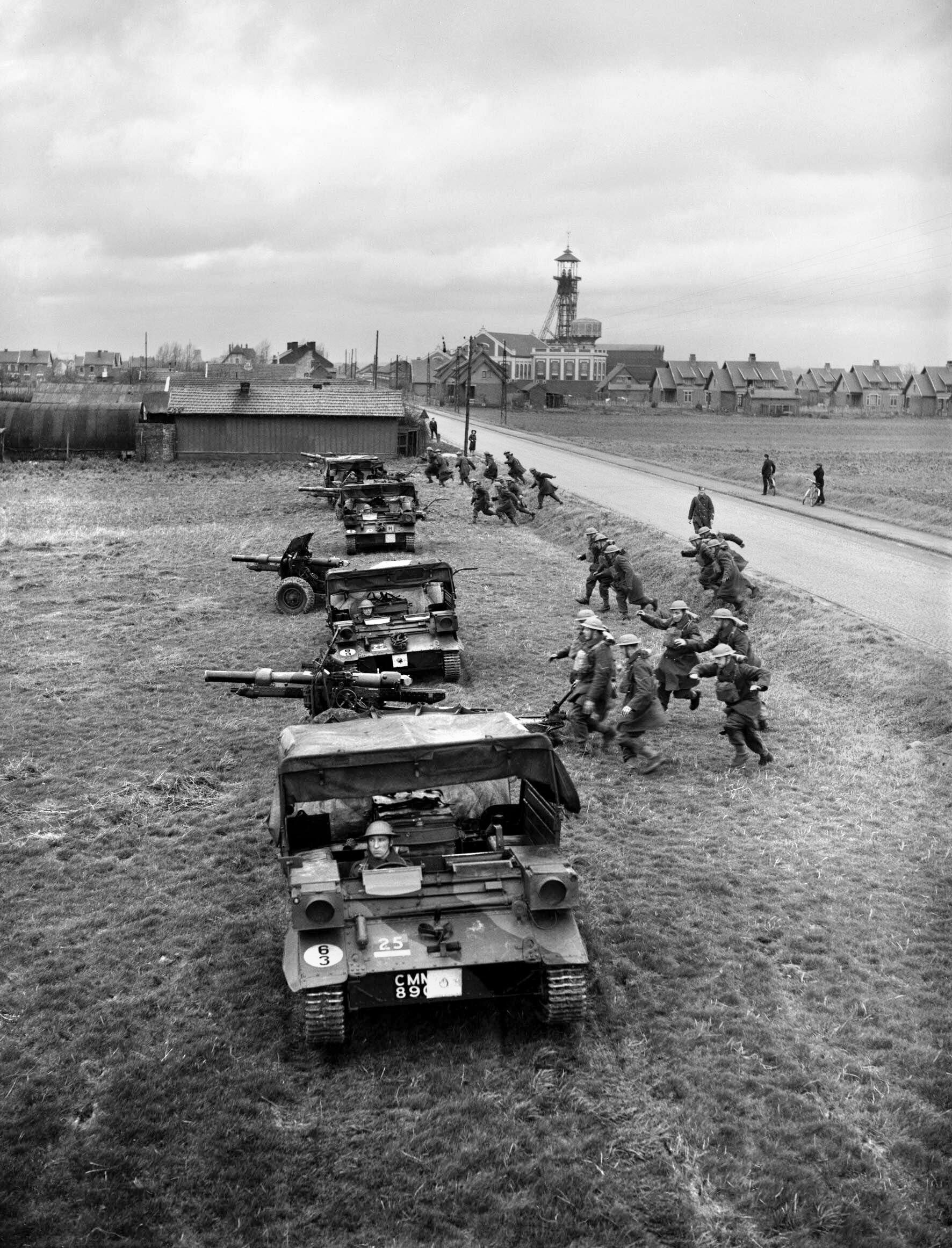
Without this training, members of the 7th Guards Brigade instinctively ran for cover or jumped into nearby trenches every time an artillery shell came whistling overhead. “It was a very undignified procedure, because many of these shells were completely harmless.”
Once in contact, German soldiers displayed another advantage over the British. Private Robert Brown of the Royal Norfolk Regiment noticed a significant difference in the German mindset compared to that of his countrymen: “The Germans were more ruthless than we were. Whatever they wanted to do, they did it, no matter who was in the way.” Brown recalled avoiding church property to lay telephone wire, while the Germans would use churches as observation posts or defensive positions. The Wehrmacht displayed a higher degree of commitment and tenacity than the British soldiers, who fought a “polite” war and avoided trespassing on private property and unnecessary destruction.
Many soldiers of the BEF were not prepared for the psychological effects of having to kill the enemy. Peter Vaux of the Royal Tank Regiment remembered how his machine gunner was plagued with sympathy for a German soldier they caught in the open. The machine gunner fired as the German “ran down the street, zigzagging with the tracer bullets flying on either side of him.” He escaped into a garden, and Vaux recalled his machine gunner feeling so sorry for the lone German soldier that he had nightmares about him for the next few nights.
Another critical difference between the German and British militaries was the disparate level of logistical preparation. German generals coordinated their divisions’ movements and communicated with one another continually during the offensive. In contrast, British organization disintegrated as soon as units entered combat.
Furthermore, soldiers of the BEF were often placed on the front lines of battle with minimal weapons training. Private Sidney Nuttall of the Royal Army Ordnance Corps was placed in position to cover an area and fire on any approaching German units. Nuttall had never before fired his rifle. “When I say I hadn’t fired a shot,” he recalled, “I really mean that. I’d never fired a shot in training, because I hadn’t been trained.” Nuttall eventually fired at someone he suspected to be a German soldier 100 yards away, but he was unaware that his rifle’s sight was set at 600 yards. “It went bang, and the chap kept on walking. He never even ducked.” Not all British soldiers lacked training to the extent of Private Nuttall, but the responsibility given to him despite his inexperience indicated how desperate the BEF was to place men in uniform and how poorly they matched up against the German Wehrmacht. Unable to spare even the most poorly trained soldier, Nuttall’s commanding officers forced him to learn while in combat.
As the Germans broke through to the south of the BEF, a withdrawal was ordered to prevent the entire force from being outflanked. The British, who faced relatively light German pressure compared to the French to their south, were bewildered at the withdrawal order. Second Lieutenant Peter Martin of the Cheshire Regiment described the withdrawal as “incomprehensible…as my battalion hadn’t been troubled desperately by the Germans at all.” Captain Anthony Rhodes of the Royal Engineers wrote, “On the 14th, we got the order to withdraw, but we had no idea what had happened. We were simply told we were to withdraw back to the River Escaut.”
Captain Rhodes didn’t realize that several panzer divisions had broken through French defenses on the right flank of the BEF and were racing along the Somme River to Abbeville on the English Channel. This German advance had split the majority of the French armies off from the British and Belgian armies. The supply lines of the BEF originated at the ports of Cherbourg and Brest in western France; as soon as the panzer divisions reached the channel, those supply lines would be completely severed, and the Allies would be encircled.
In an attempt to “cut the net which the Germans had cast across the rear of the Allied armies,” commander of the BEF, Lord John Gort, launched one of the only counteroffensives of the entire campaign. Aware that German panzers were charging through the right flank of the BEF, Lord Gort knew his supply lines were in jeopardy. To slow the German advance, three British divisions, the 12th, 23rd, and 46th, were sent south of Arras into the path of the panzers. These three divisions had antitank guns and signals units (radio communications), but they had no artillery detachments. Each platoon possessed a single Bren machine gun. Approximately 25 percent of the soldiers sent to curb the panzer advance had not finished basic weapons training.
On May 20, the 7th Battalion, Royal Sussex Regiment of the 23rd Division spent its entire supply of antitank ammunition against General Erwin Rommel’s 7th Panzer Division. Due to poor training, the Sussex Regiment resorted to attacking the tanks with Bren guns and rifles. Needless to say, the British suffered devastating casualties. The Germans killed 631 members of the 7th Battalion’s original 701. The remaining 70 became POWs of the Germans.
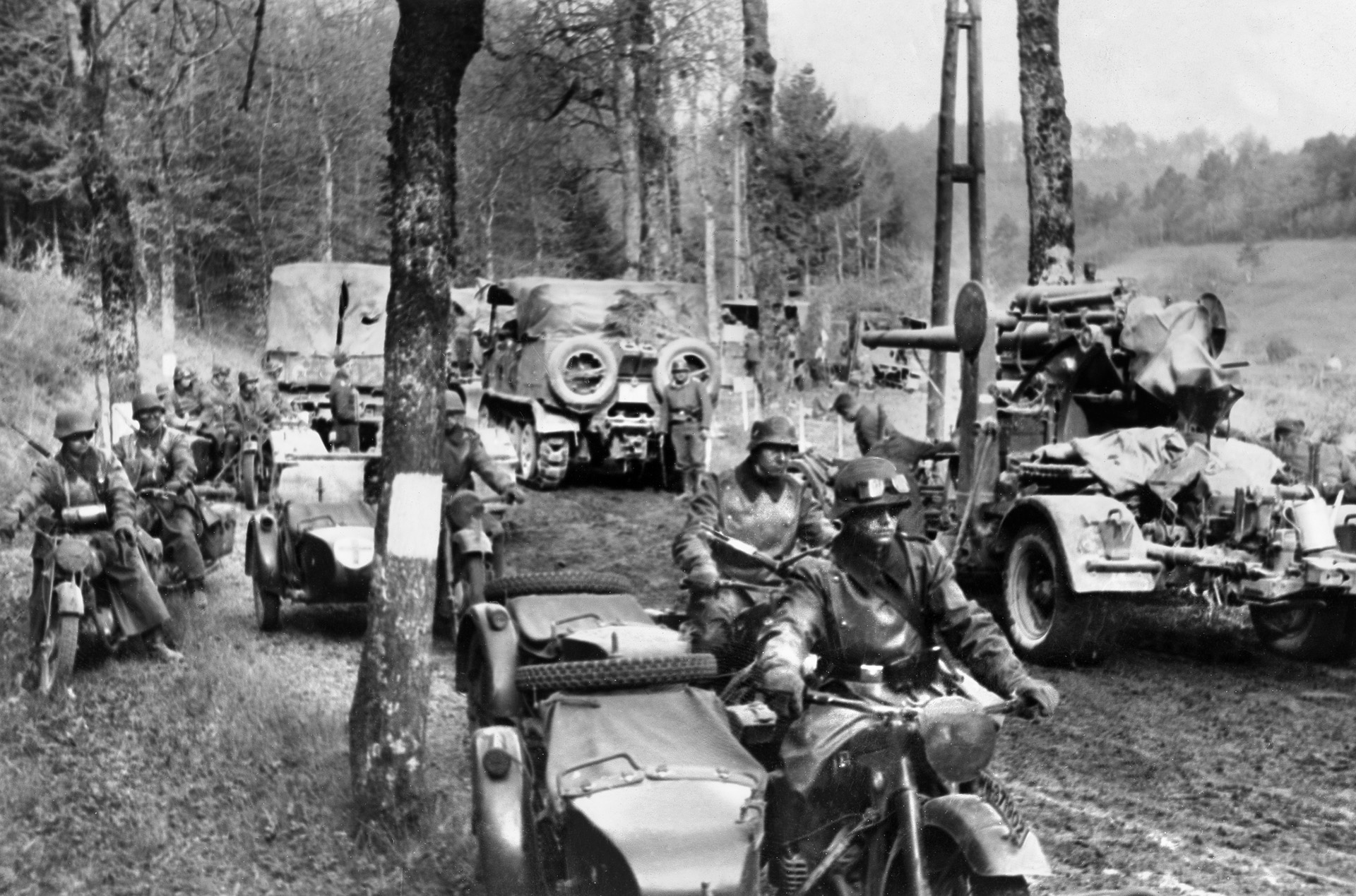
The next day, Lord Gort launched a more organized offensive with the hope of cutting off the panzers’ own supply-and-communication lines and linking up with the French Army south of the Somme. This attack plan involved British tanks that were pulled off the defense line at the Escaut River in Belgium. The tanks had to cover 120 miles in five days to assist in the counteroffensive, and they met the Germans near the town of Arras.
“My great impression of the counterattack,” Lt. Col. Peter Jeffreys recalled, “was the action by the 4th Royal Tanks. They were all regulars, but they were thrown into the battle in a very haphazard manner. They had travelled on their tracks for a very long way before this engagement.” As the British tanks and infantry began their attack, they gained momentary success, but they were eventually thwarted when Rommel used his 88mm antiaircraft guns in an antitank role against the oncoming British armor. Rommel’s ingenuity and the support of the Luftwaffe put an end to the only British tank attack of the campaign. The British lost 46 tanks at Arras, a stunning 62 percent of their armored strength.
Famed CBS News correspondent William L. Shirer was in Belgium at the time of the Battle of Arras. On May 20, he came across a group of British prisoners that he described as “a sad sight…some obviously shell-shocked, some wounded, all dead tired.” Their physical appearance was especially alarming to Shirer, but it was not due to treatment from the Germans. “They were hollow-chested and skinny and round-shouldered…. Typical, I concluded, of the youth that England neglected so criminally in the twenty-two postwar years.”
Shirer continued to speak with the prisoners, and they told him their military training had begun nine months before the war started. “But it had not, as you could see,” Shirer wrote in his diary, “made up for the bad diet, the lack of fresh air and sunshine and physical training of the postwar years.”
As he conversed with the prisoners, German infantry marched by, and Shirer could not help but notice the stark contrast. “The Germans, bronzed, clean-cut physically, healthy-looking as lions, chests developed and all. It was part of the unequal fight.”
Shirer’s observation of the British and German soldiers captured the disparity in the levels of training between the two militaries. He blamed the British soldiers’ scrawny physiques not only on inadequate training, but also on England’s complacency towards the growing threat posed by Germany. He implied that Britain had time to recognize the need for a well-trained, well-prepared, youthful military, but that Prime Minister Neville Chamberlain had instead opted to bury his head in the sand while Hitler violated the Versailles Treaty over and over again. When Britain was finally forced to respond to German aggression, an undertrained, unfit, underequipped British Expeditionary Force was sent to war.
Once Allied forces were thrown into chaos from the overwhelming German advance, the BEF began making a hasty retreat. British soldier Harry Sargeant later remembered, “From this time onwards, it was just a succession of retreats at night, 40 miles in one case, and very unsuccessful attempts to get rest and food during the day.”
As the bulk of German forces were pushing from the southeast, the BEF was driven toward the English Channel along the northern coast of France. The German advance was so fierce and consistent that Allied soldiers were constantly on the move and had no opportunity to rest. Marching at night and digging defenses during the day, British soldiers became exhausted. Peter Hadley recalled actually sleeping while marching, “a feat I should never have considered possible, if I had not experienced it.”
As they continued to retreat, British soldiers lived in fear of the ever-advancing German juggernaut. No matter how far a day’s retreat would take them, they were never out of reach of the Luftwaffe, and always in the distance, they could hear the booming of German artillery. Confusion and disorder pervaded the British ranks.
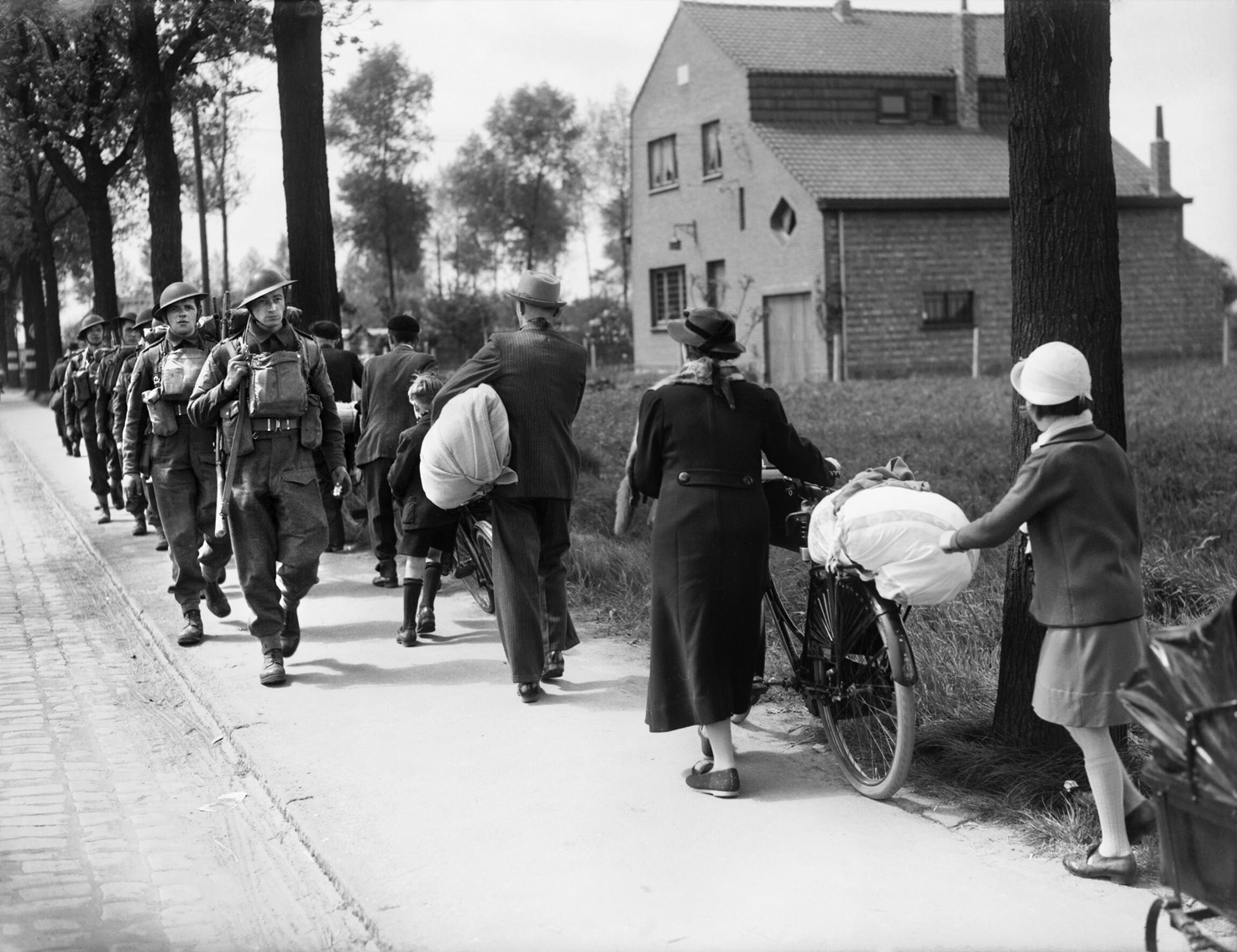
“We had no idea of the general situation at all,” wrote Harry Sargeant. “All we knew was that the Germans seemed to be everywhere, and that reinforcements were being continually asked for and there weren’t any free to send to us.”
Peter Hadley tried to find any news he could from other British units or by portable wireless. On May 28, Hadley did not know what state the BEF was in, nor did he know what the next step was for his division. From the “blazing fires near and far” around his unit’s position, he was sure that a battle was taking place and that the Germans were not too far away. That afternoon, he counted 64 German fighters and bombers flying overhead. He began to hear rumors that “Calais was still holding out, and that Dunkirk remained in our hands.” At this point, he recognized their only remaining hope was to reach Dunkirk, but he was doubtful his unit could make it to the coast before being cut off by the Germans. “We were 40 miles or so away, and I did not feel particularly optimistic,” Hadley wrote.
The situation for the Allies became even more dismal when King Leopold of Belgium unexpectedly ordered the surrender of his army to Germany. In a speech to the House of Commons, Churchill stated that Leopold’s decision was made “suddenly, without prior consultation, with the least possible notice, without the advice of his ministers and upon his own personal act.”
To some members of the BEF, the Belgian capitulation came as no surprise. Captain Bartlett confided to his diary that “the Belgians have shown very little stomach for the fight. It’s true that with their horse-drawn, 1914 artillery and their totally inadequate air force, they didn’t stand a chance.” The outdated equipment of the Belgian Army stood out in comparison even to the British equipment. The Belgian surrender completely exposed the flank of the retreating troops. The sole mission of the BEF was now to retreat to Dunkirk and evacuate France as quickly as possible.
As retreating soldiers raced to Dunkirk, the dilemma of evacuating over 300,000 men loomed dauntingly large. The British Admiralty developed a plan that required every available naval ship as well as hundreds of brave civilians. The Allied armies were spread over 50 miles of shoreline; every day, thousands of retreating soldiers arrived at the beaches looking to escape from the Germans. On May 26, a nationwide broadcast crackled on British radios: “The Admiralty wants men experienced in marine internal combustion engine or service enginemen in yachts or motorboats. Others who have had charge of motorboats and good knowledge of coastal navigation are needed as uncertified second hands. Applications should be made to the nearest registrar, Royal Naval Reserve, or to the fishery officer.” Operation Dynamo had commenced.
Merchant mariners, tugboat crews, lifeboat crews, yachters, sail boaters, London fireboat crews, boaters from the Thames Estuary, and anyone with general seamanship knowledge volunteered their services to evacuate soldiers from France. John Osborne heard his seaman experience was requested while attending Captain O.M. Watts’ navigation school. He assumed the announcement was an invitation to an interview with the Royal Navy Volunteer Reserve, so he “went home, smartened myself up, [and] put on my best suit.”
When he learned that the radio broadcast he had heard was not an invitation to a job interview but to a desperate rescue effort, Osborne had volunteered just the same; his courage was repeated by many British volunteers during Operation Dynamo.
Even though Dunkirk lay just 40 miles due east of southern England, the rescue boats had to travel at least twice that far to bypass known minefields. The small, shallow-draft civilian craft were needed to navigate low tide and ferry soldiers from the beach to larger ships offshore.
John Osborne was assigned to a seven-man crew on a 30-foot lifeboat taken from a larger ship. His boat lined up with four or five other lifeboats that were all in tow behind a tug. The group departed Britain well after sunset “for a midnight rendezvous off the Dunkirk beaches…. My vivid and lasting impression of this stage of the operation is of a calm, flat sea covered with an armada of assorted ships and boats.”
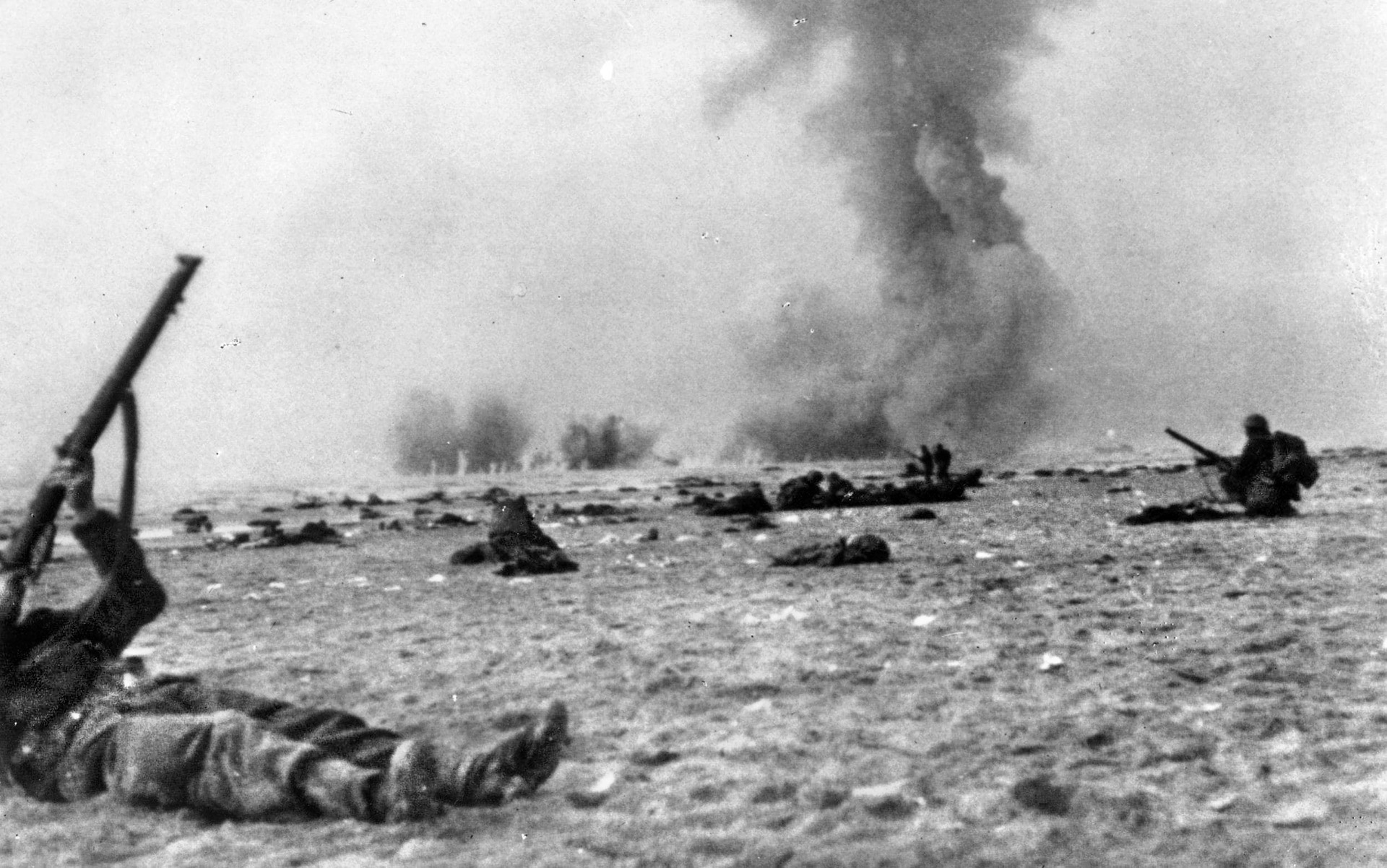
Under cover of darkness in the early morning, Osborne’s boat group moved toward the beaches of Dunkirk. The tide was out, and therefore “only small vessels with relatively shallow draught could approach nearer than 12 miles from the shore.” The Luftwaffe was heavily bombing Dunkirk, and artillery shells constantly poured down on the beaches. Several buildings and oil tanks were on fire, casting thick, dark clouds of smoke across the scene.
When Osborne first witnessed the soldiers on the beach, he was impressed at their organization as they formed long columns anxiously waiting their turn for evacuation. “They were all dead beat,” he recalled, “having had a terrible time fighting their way to the beaches.” The tug took his lifeboat in as far as possible, and then the seven crew members took to the oars. His boat made it to shore, and immediately 30 British soldiers piled in.
“We rowed away from the shore and took our ‘passengers’ to the nearest craft lying off shore that we could find, a tug, a drifter, a trawler, anything that could risk coming in so close,” he recalled.
After dropping off the soldiers, Osborne and his crew headed back to the beach for another load. When they hit the beach the second time, a crowd of French soldiers ran out to their boat and climbed aboard. Osborne did not discriminate between French and British soldiers and helped them aboard. The boat began to struggle in the surf, and Osborne was forced to jump into the water to keep the bow pointed into the waves. “At one time I was almost up to my neck in the water…still in my interview suit!” he remembered.
Ed Parker was a coxswain of the Margate lifeboats. He learned of the trouble the BEF was in and called the rest of his crew, who were “standing by in their favorite pub, playing a quiet game of darts.” He asked them if “they’d take the boat to Dunkirk to help rescue our boys. That was a shock to them, but they all volunteered without a murmur.”
When Ed Parker first witnessed the scene as he approached the beach in his Margate lifeboat, he saw “the shells bursting and fires raging” and thought “it was like hell.” His lifeboat received wounded soldiers from the hospital at La Panne, which was being shelled by German artillery. Some of the wounded were floated out to his crew on rafts, while others were carried in the arms of soldiers wading into the water. Parker began ferrying the wounded to a nearby destroyer.
One myth of the Dunkirk evacuation maintains that all evacuees had to be transported directly from the beaches due to the destruction of the port at Dunkirk. According to Royal Navy history, however, not only was the harbor intact during Operation Dynamo, but 239,446 soldiers boarded ships from the harbor. The remaining 98,780 troops (nearly 30 percent of Allied forces) who were stranded on the beaches around Dunkirk relied on the efforts of the Royal Navy and hundreds of volunteers like John Osborne and Ed Parker, with their small lifeboats, to snatch them out of France.
Despite Peter Hadley’s doubts, he and his BEF unit reached the English Channel 10 miles east of Dunkirk at Bray Dunes on May 31. “The beach was an extraordinary sight,” he recalled. The remains of the BEF, like “some mighty ant heap upturned by a giant’s foot,” stretched down the enormous beach as far as he could see. As he scanned the scene, he saw troops standing at the water’s edge waiting their turn to be transported to the ships offshore while others huddled in the limited shelter of the sand dunes. He led his unit across the beach and eventually met up with other members of his division.
With thousands of soldiers spread across the beach, Hadley worried about German dive-bombers and strafing fighters, but on that day, due to the valiant efforts of the Royal Air Force (RAF) and the low-hanging clouds, there was “no sign of German planes, and an uncanny quiet reigned along the beach.”
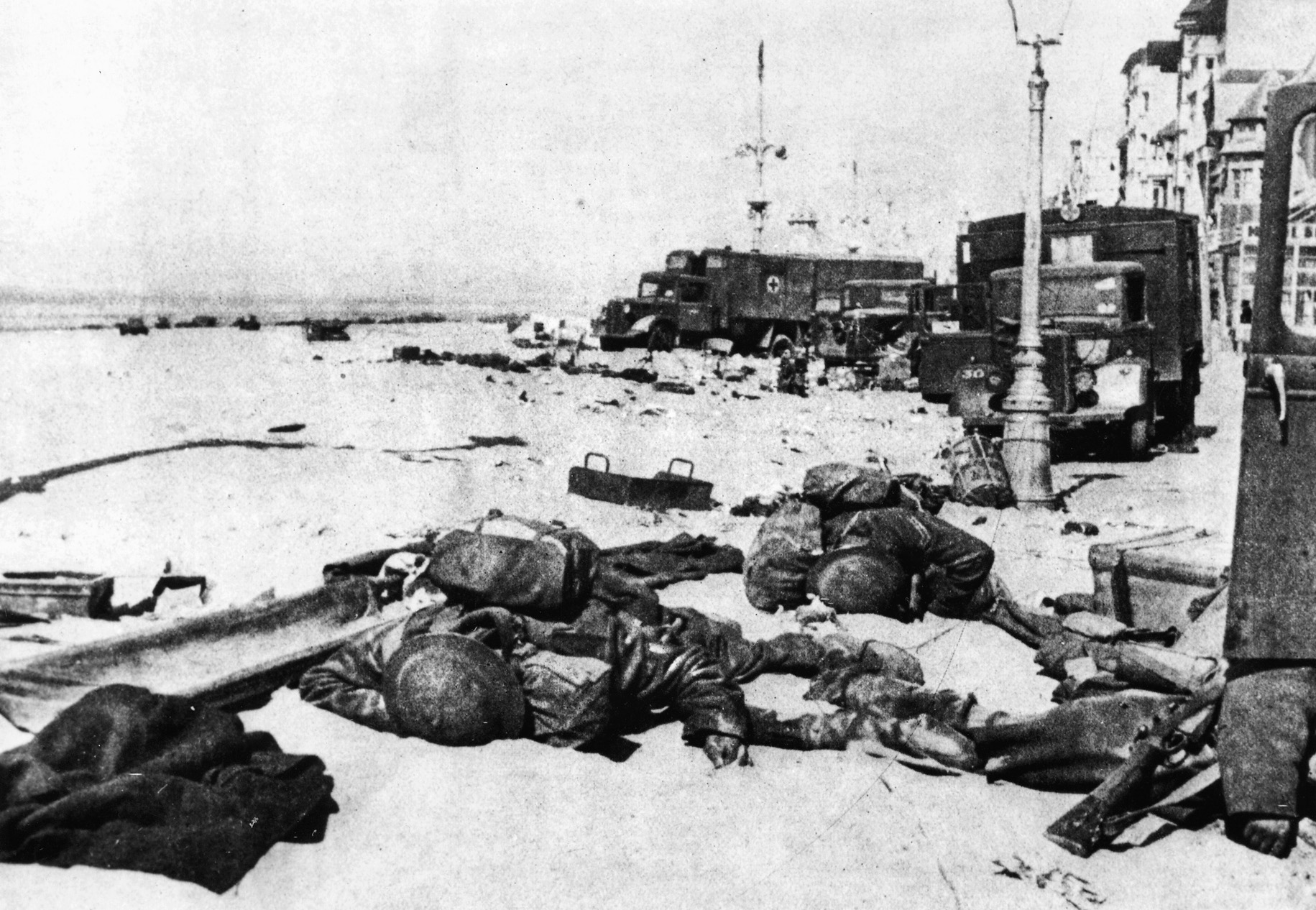
soldiers were left in France,11,000 of them killed and the remainder taken prisoner.
Although many British soldiers expressed frustration with the RAF as German bombers relentlessly attacked the beaches, the British fighters worked tirelessly to protect the soldiers on the ground. On May 30-31, British Fighter Command conducted patrols at an average strength of three to four squadrons; eight patrols in all were flown, involving 289 sorties.
While the RAF flew patrols, Hadley waited on the beach. Eventually, a large rowboat crewed by civilian sailors removed troops from his section of beach. Hadley’s turn finally came, and he was ferried to a paddle steamer, the Duchess of Fife, which then departed for Britain.
Captain Bartlett arrived at Dunkirk on May 27. “Dunkirk was a nasty shock. I knew it had been bombed, but I hadn’t realized quite how seriously.” Bartlett arrived before any organized evacuation from the beaches had begun. He spent his first day organizing the endless line of troops pouring into the city, destroying any abandoned equipment or sensitive documents, and gathering information on the pending evacuation. He moved to the beach in the evening and watched as soldiers flooded into the dunes all night. He assumed command of his section of beach and divided troops into groups of 20.
“It was terribly exciting to hear sailors’ voices and the splash of oars,” Bartlett wrote in his diary. “Again and again, the boats came in, and we duly loaded them up.” He continued to help load the soldiers onto the boats throughout the night. “It was queer to be loading up strange soldiers into strange boats and handing them over to strange sailors.” Bartlett eventually put himself on a boat and was taken to a destroyer sitting offshore.
On May 29, Harry Sargeant was able to get safely aboard a “fair-sized French steamer” at Dunkirk amid a German artillery barrage. Wilf Saunders narrowly escaped the German advance and made it inside Dunkirk’s defenses. Already exhausted, he still had 20 miles to go before making it to the beach. Finally arriving at the shore, Saunders waded into water up to his armpits and heaved himself onto a small motorboat, only to have it capsize and sink as it was hit broadside by a wave. He spotted a second boat near the shore and waded over only to see that boat get swarmed by desperate soldiers, capsize, and sink. He was forced to go back to the shore and wait.
Finally, a third boat appeared, and with the help of its crew, Saunders was lifted aboard and taken to a large ship and embarked for Britain. Similar scenes took place across the beaches. Boatload by boatload, Allied soldiers streamed out of France, until all that remained among the dunes were the smoking wrecks of destroyed British vehicles, artillery pieces, antitank guns, and other heavy equipment.
The BEF had come to France with no concept of what the German forces were about to unleash. The discipline and training that were necessary to effectively fight against the German blitzkrieg were clearly lacking throughout British ranks. As Hitler was staging his panzer divisions for a devastating offensive, soldiers of the BEF were comparing their time in France to a holiday experience.
However deficient the BEF was in proper training, British civilians compensated with audacity and valor. British historian John Masefield summarized the civilian contribution: “Hope and help came together in their power into the minds of thousands of simple men, who went out in Operation Dynamo and plucked them from ruin.”
From the beginning of Operation Dynamo until Churchill deemed it complete on June 4, 1940, a total of 338,226 Allied soldiers were lifted from 50 miles of coastline surrounded by the Germans.
Operation Dynamo was a valiant, herculean effort to evacuate, regroup, and fight the forces of the Third Reich another day.
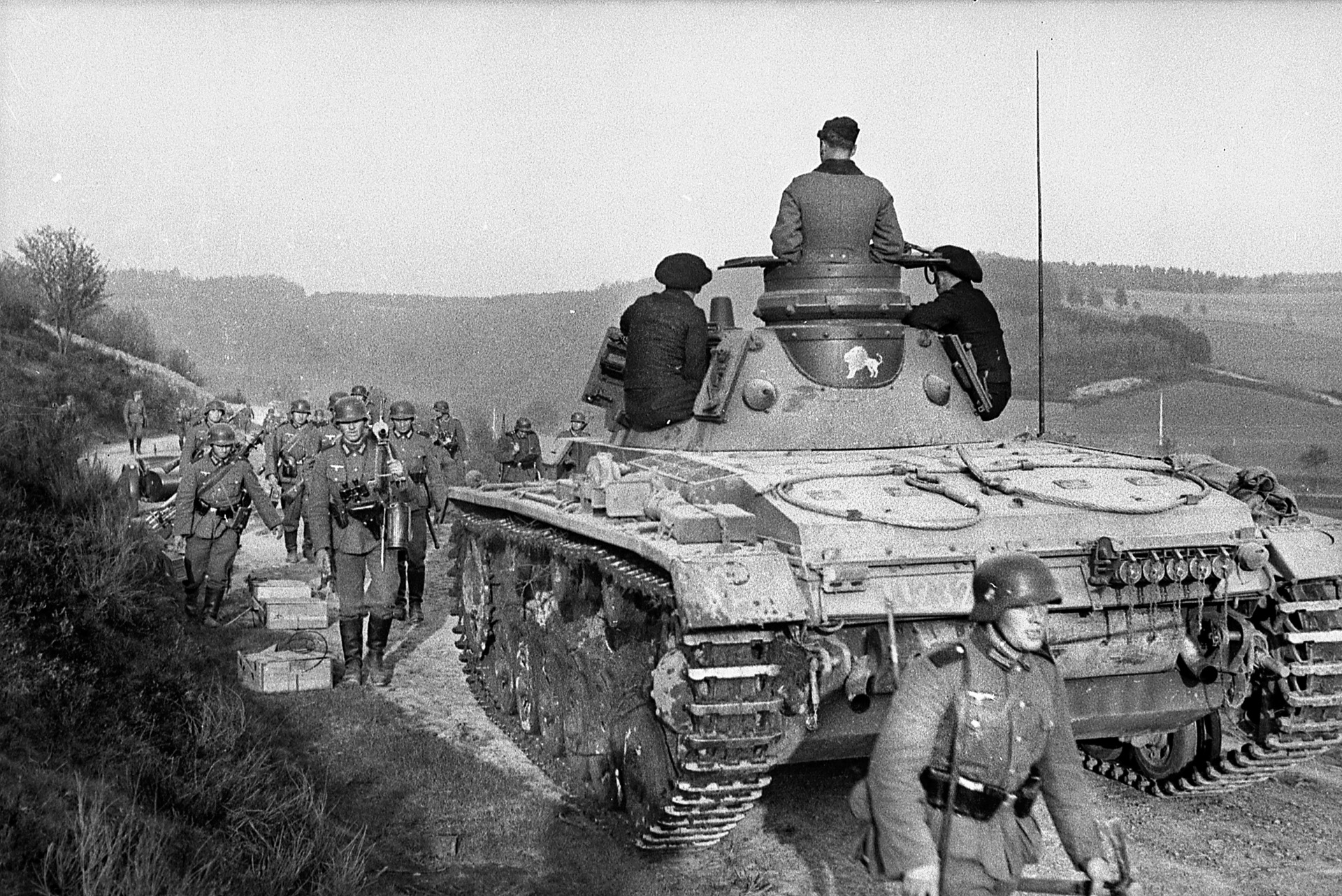
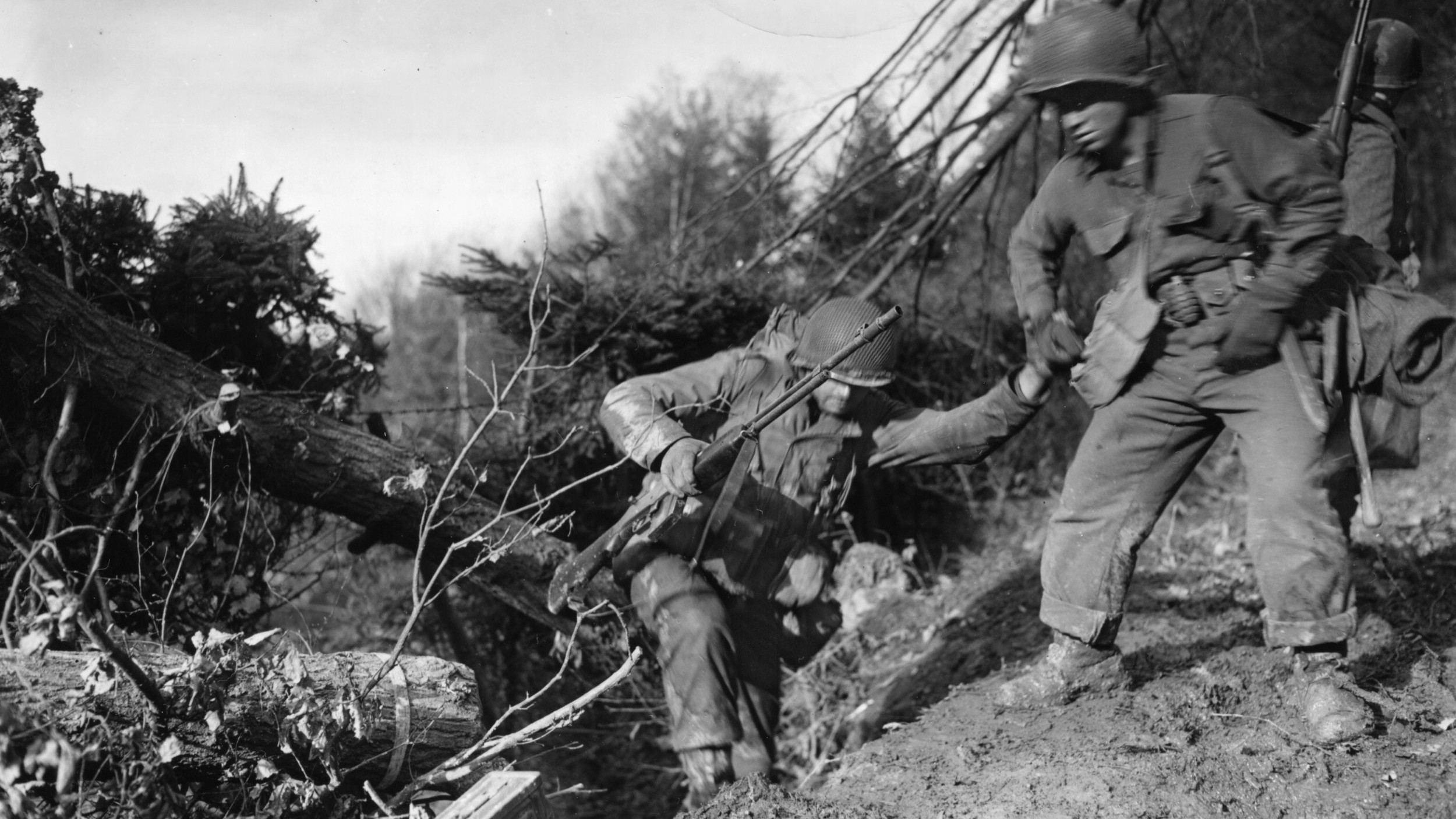
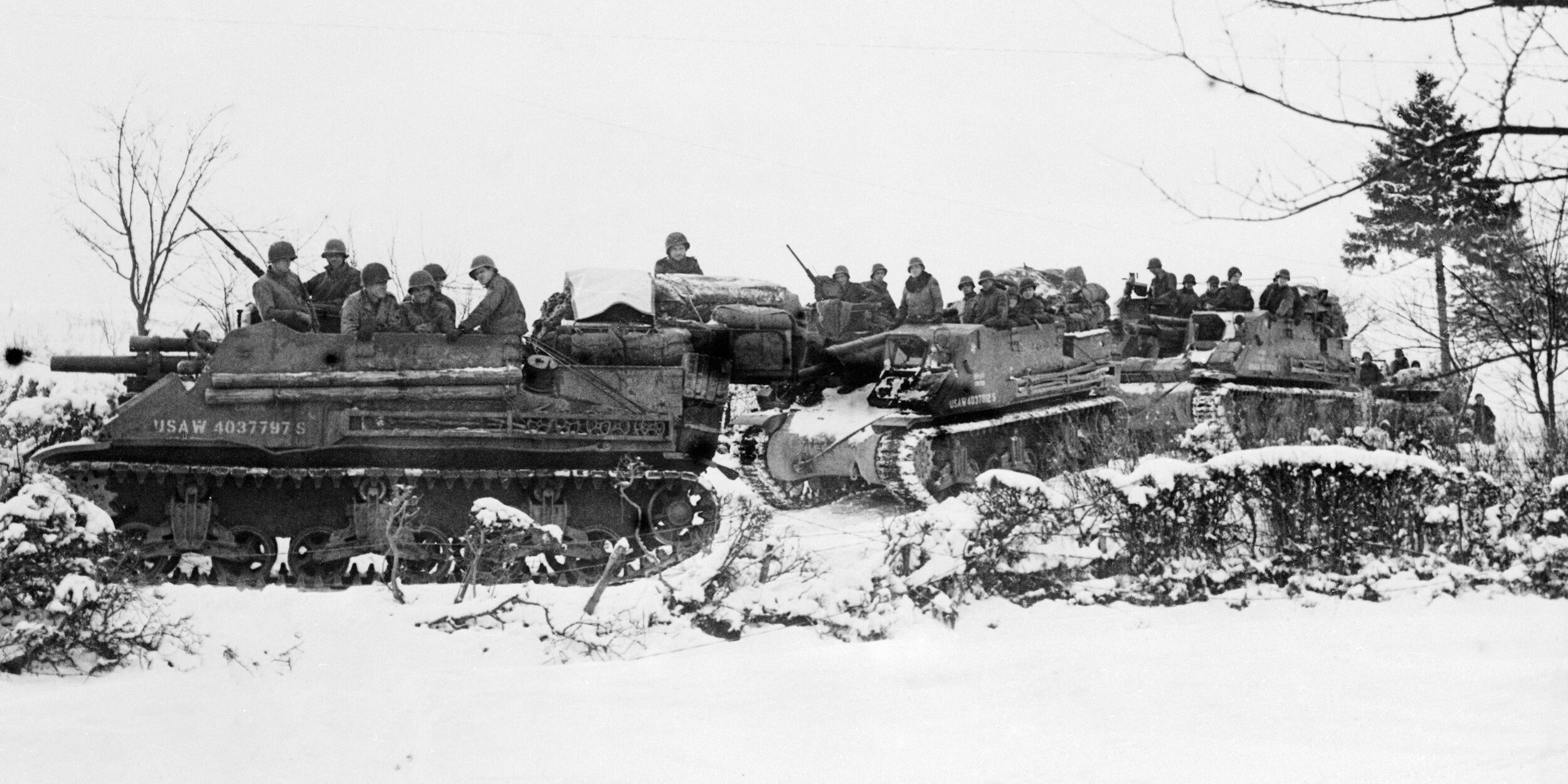
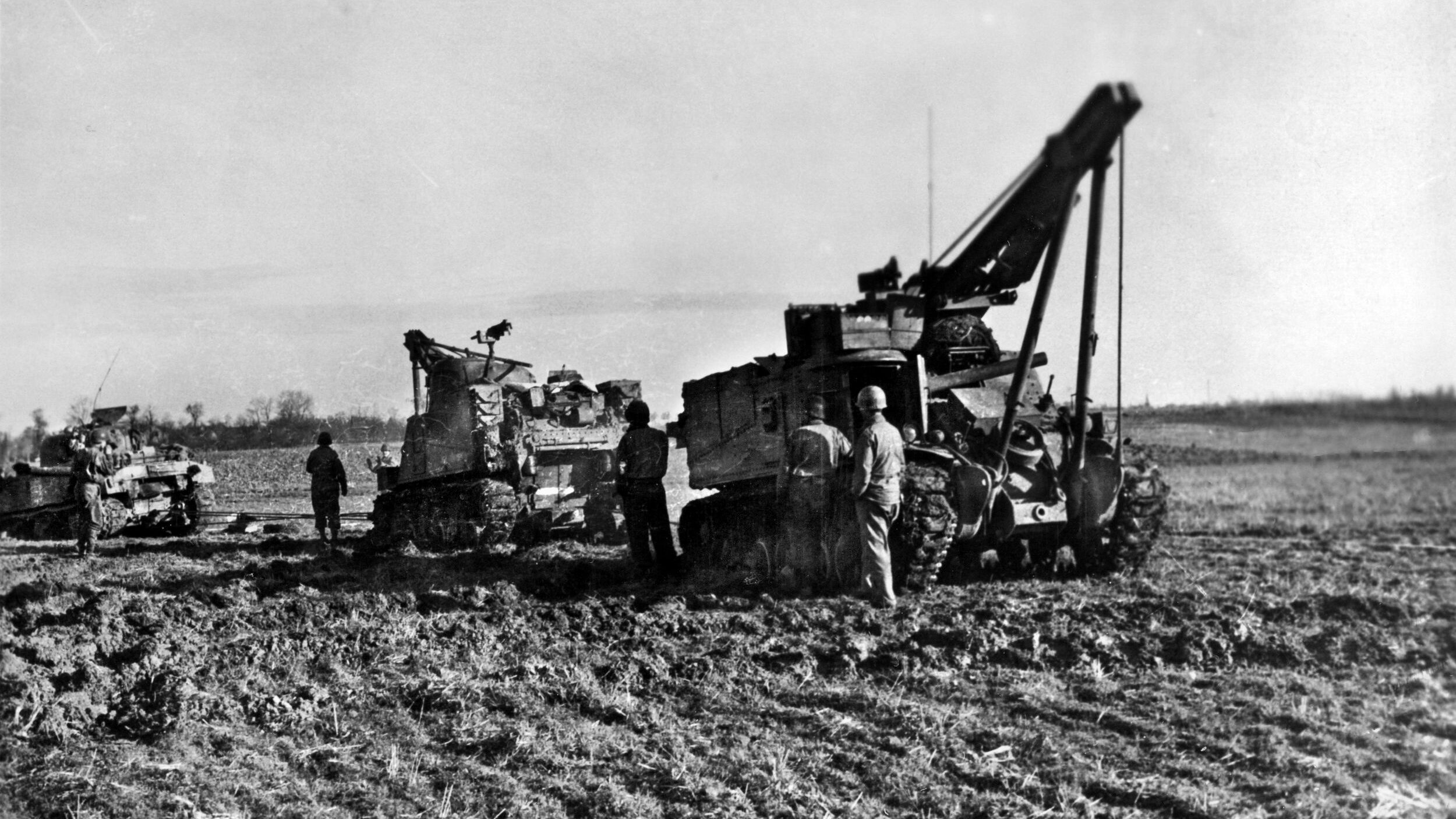
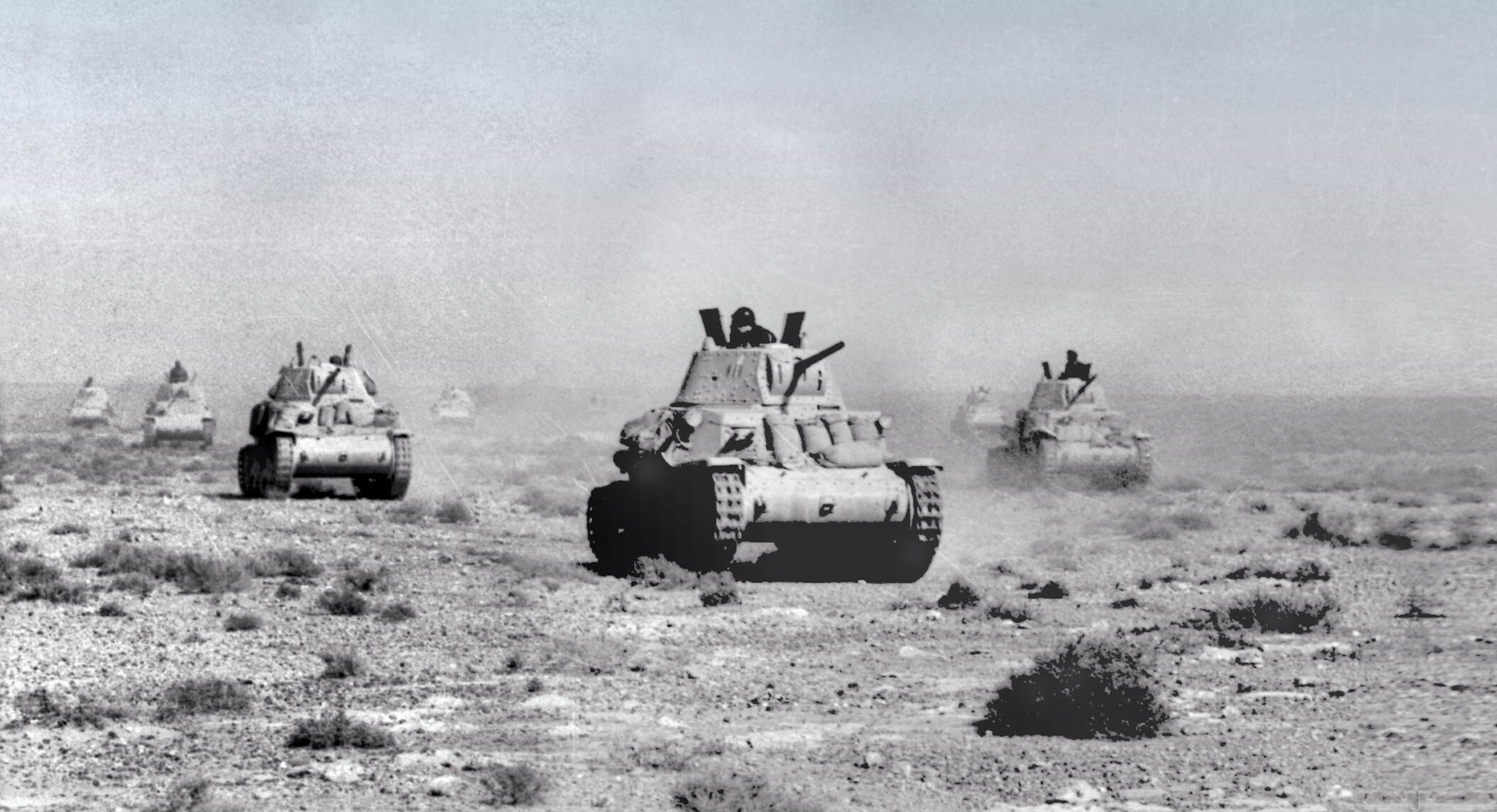
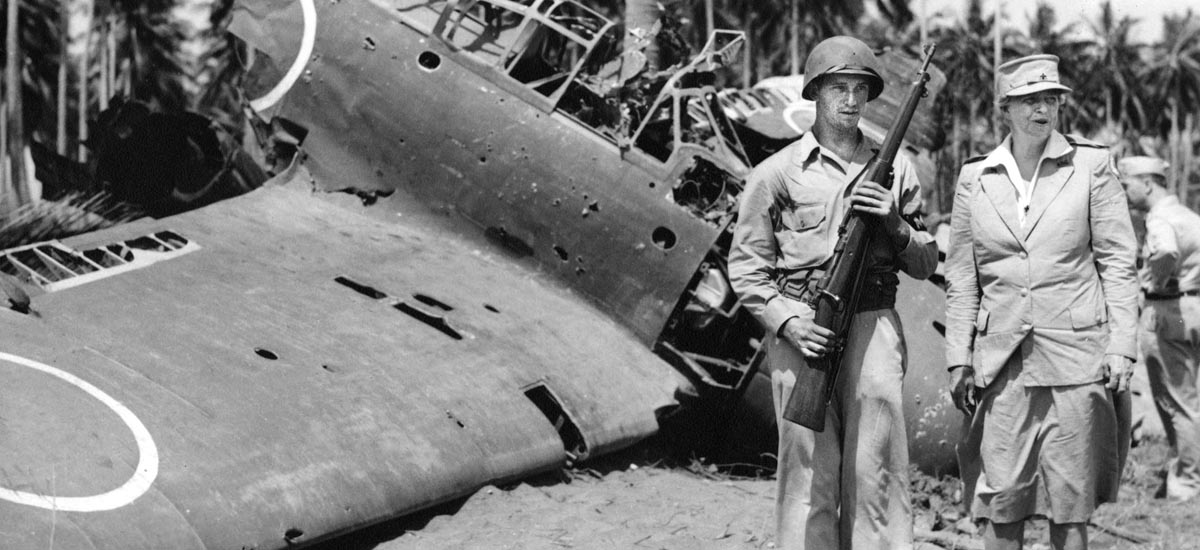

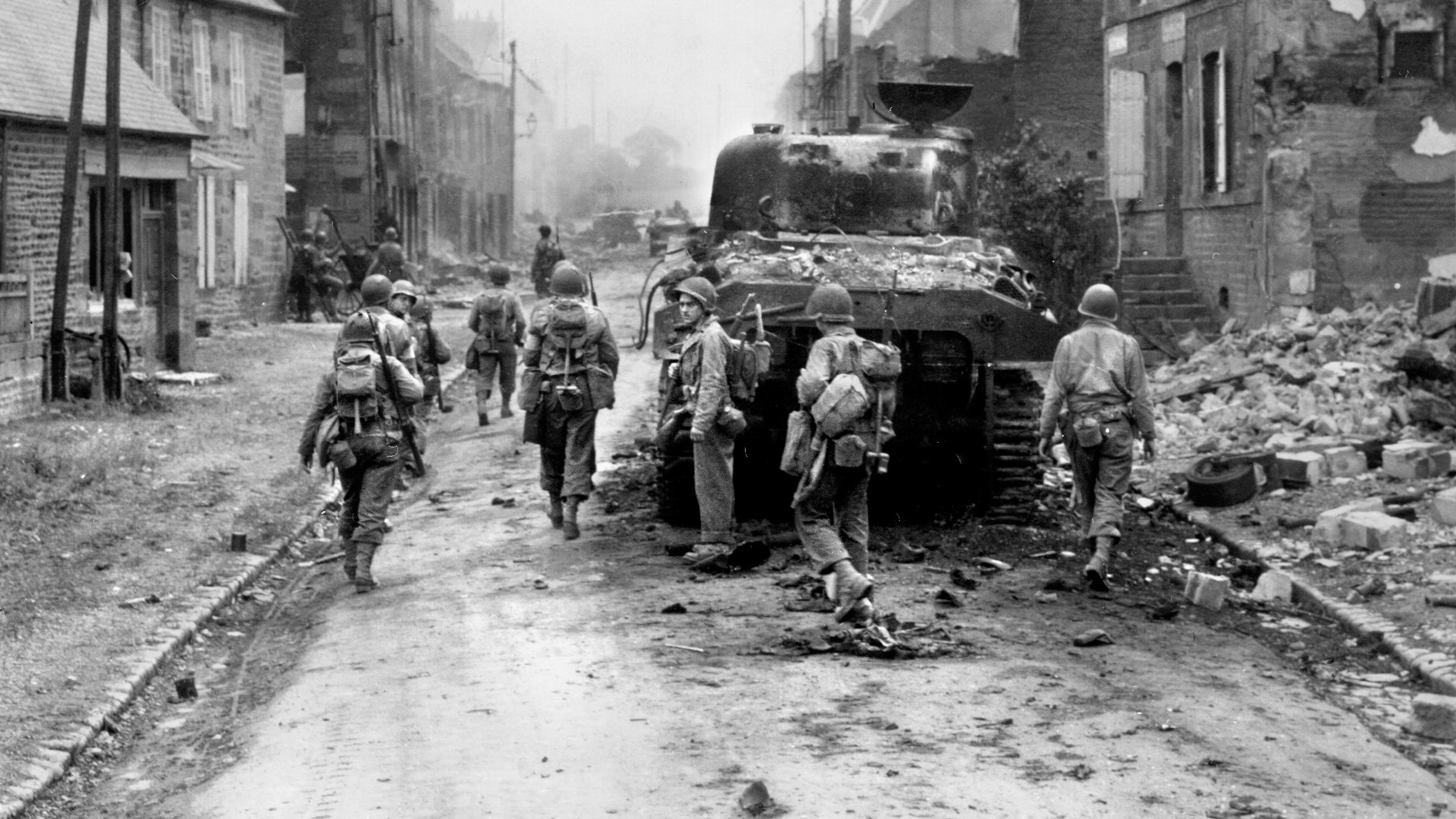
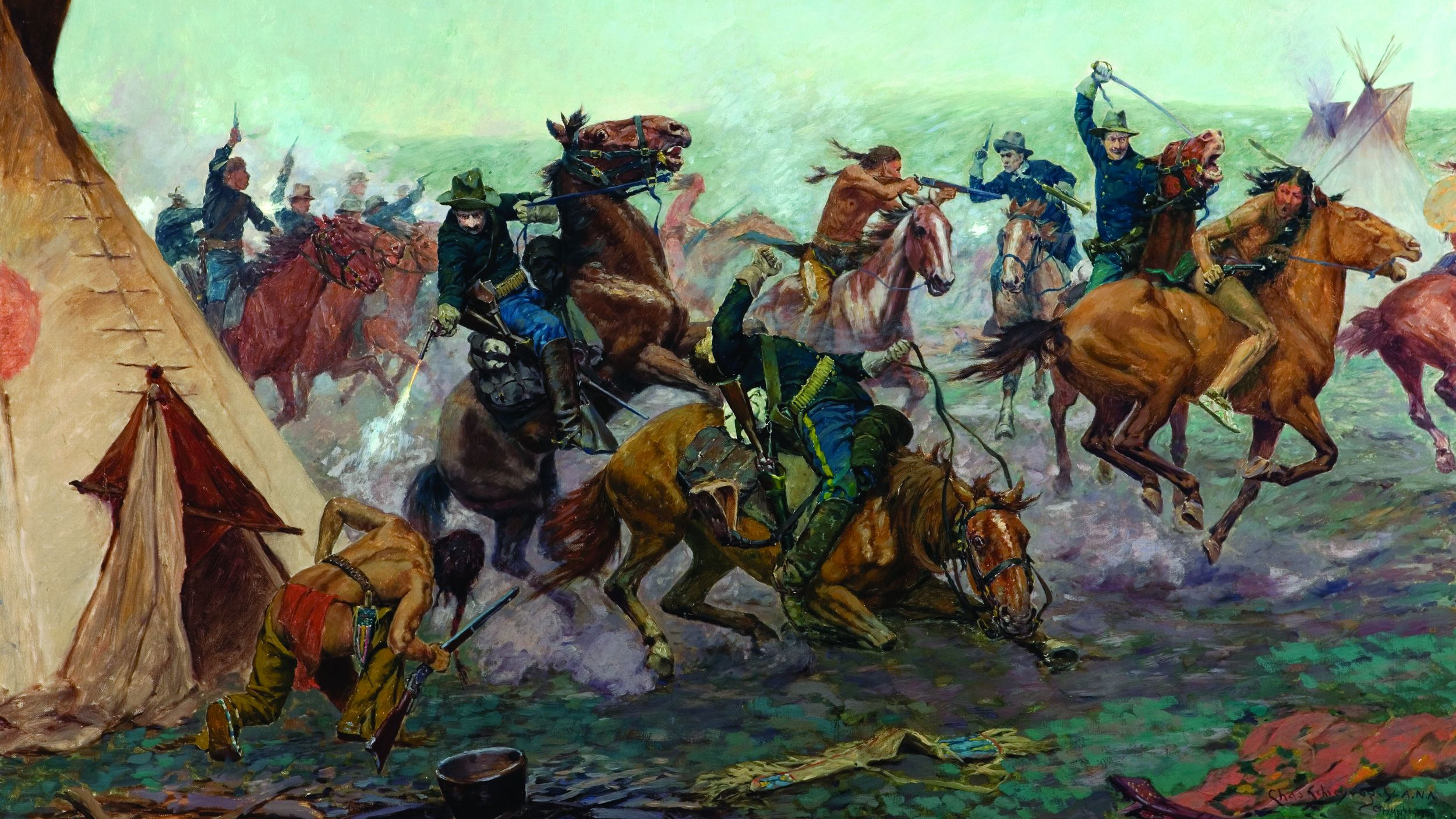
Join The Conversation
Comments
View All Comments